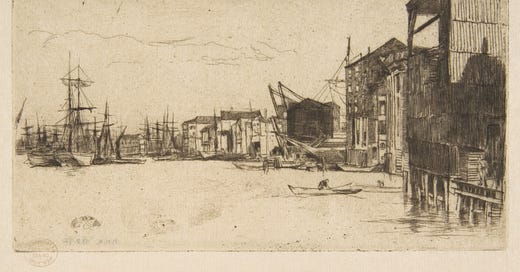Caitlin Fitz, Our Sister Republics: The United States in an Age of American Revolutions (New York: Liveright Publishing Corporation, 2016), pgs. 354
Scholars of the Early Republic have often looked towards Europe when discussing the Atlantic world connections of the United States. Increasingly a new generation of authors have shown how early Americans (1790s-1820s) were far more connected to the wider world than previously assumed. Rather than a backwards and isolated republic at the edge of a vast frontier, Americans paid attention to the events rocking the globe as the Age of Revolutions (which I suggest include political, cultural, economic, scientific, and religious revolutions) swept from one end of the globe to the other. Fitz’s unique contribution to this engaging literature is by turning scholar’s attention to the enthusiasm of Americans for the Latin American revolutions of the early nineteenth century. Drawing on a wide range of sources, but especially newspapers, the medium of both the elite and lower sorts, Fitz shows how deep transnational connections helped to build a world view in the United States in which Americans saw freedom as triumphing over the evil of monarchism not only within the United State’s borders, but throughout the entire hemisphere.
Caitlin Fitz is an associate professor of history at Northwestern University and received her PhD from Yale University. Widely published on a variety of topics, Fitz’s work Our Sister Republics (2016) highlights how white and Black Americans celebrated and occasionally condemned the increasingly victorious Latin American revolutionaries from the 1800s to the 1830s. She also demonstrates how Americans grappled with the complexities which these revolutions brought, particularly as they established nations that quickly enacted gradual emancipation laws. From the perspective of many Americans the Latin American republics were an equal part of a vast fraternity of republics (with America at the head) which many Americans believed would sweep the earth, particularly following the their own republic’s survival of the War of 1812. These early Americans’ enthusiasm for republicanism was “raw” and real. They wanted to spread their system to world, and they planned to celebrate with toasts and songs every nation that chose to follow them.
Fitz does excellent work in tracing the various strands connecting Americans and Spanish Americans. Her research on “Bolivar babies” or children named for Simon Bolivar in the United States is a unique oddity that I had not realized had occurred (people naming children after Simon Bolivar). Importantly, Fitz challenges narratives that the US population was entirely proslavery or anti-Catholic. She shows that frequently Americans either chose to ignore, or celebrated the Spanish American revolutionaries, some such as Benjamin Lundy, an antislavery activist from Baltimore, berating the United States for failing in its antislavery efforts compared to South American nations. Furthermore, Fitz convincingly shows that views of South America and slavery were deeply tied together, particularly as the 1820s and the Spanish American revolutions came to a close. Her narrative is important in showing how Americans truly believed that their republican experiment could be replicated across the globe and by cultures outside of the British tradition. Her narrative is also compelling in describing the growing transformation of American culture that was dramatically altered by the rise of the Jacksonians. The emphasis on race and otherness of Spanish Americans are just two of the transformations that occur during that influential decade.
There is much to enjoy in Fitz’s writing. It is well written, insightful, and engaging. However, Our Sister Republics is not without its flaws. Fitz is hyper-critical of Americans and generally paints white Americans as self-aggrandizing and arrogant. American perspectives are often framed with a cynical view while Latin American and Black American perspectives are treated with more nuance. Furthermore, Fitz does little to engage with the political history scholarship of the past thirty years. Furthermore, on several occasions she voices her surprise that white Americans were not bothered by the antislavery of Latin America, to me one of the failings of the book.
Particularly in the North, (though to a small extent in the Upper South) a culture of antislavery had been developing for over a generation. Furthermore, school lessons, sermons, and popular readings all bore the affects of antislavery activism. While this antislavery culture was far from aggressive (many wished for a conversion of the South rather than a conquest) and also far from racist (many white Americans held low views of African Americans and those of other races), it nevertheless viewed slavery as a moral and economic evil. Fitz could have done more to engage with the scholarship and demonstrate how lacking the growing literature emphasizing hegemonic proslavery opinion in the North was. Finally, Fitz could have done much more in demonstrating the generational changes occurring in the United States and been more critical of the newspapermen who were the authors of many of her sources.
Regardless of these critiques, I found this book fascinating and extremely well written, enough to be read by a lay audience (to me a high compliment as it reflects superb writing that appeals beyond the jargon laden academy). Fitz’s work is a powerful opener to what hopefully will be continued discussions on Latin America and the United States in the Early Republic period and deserves the praise other scholars have given it.
Robert Swanson




